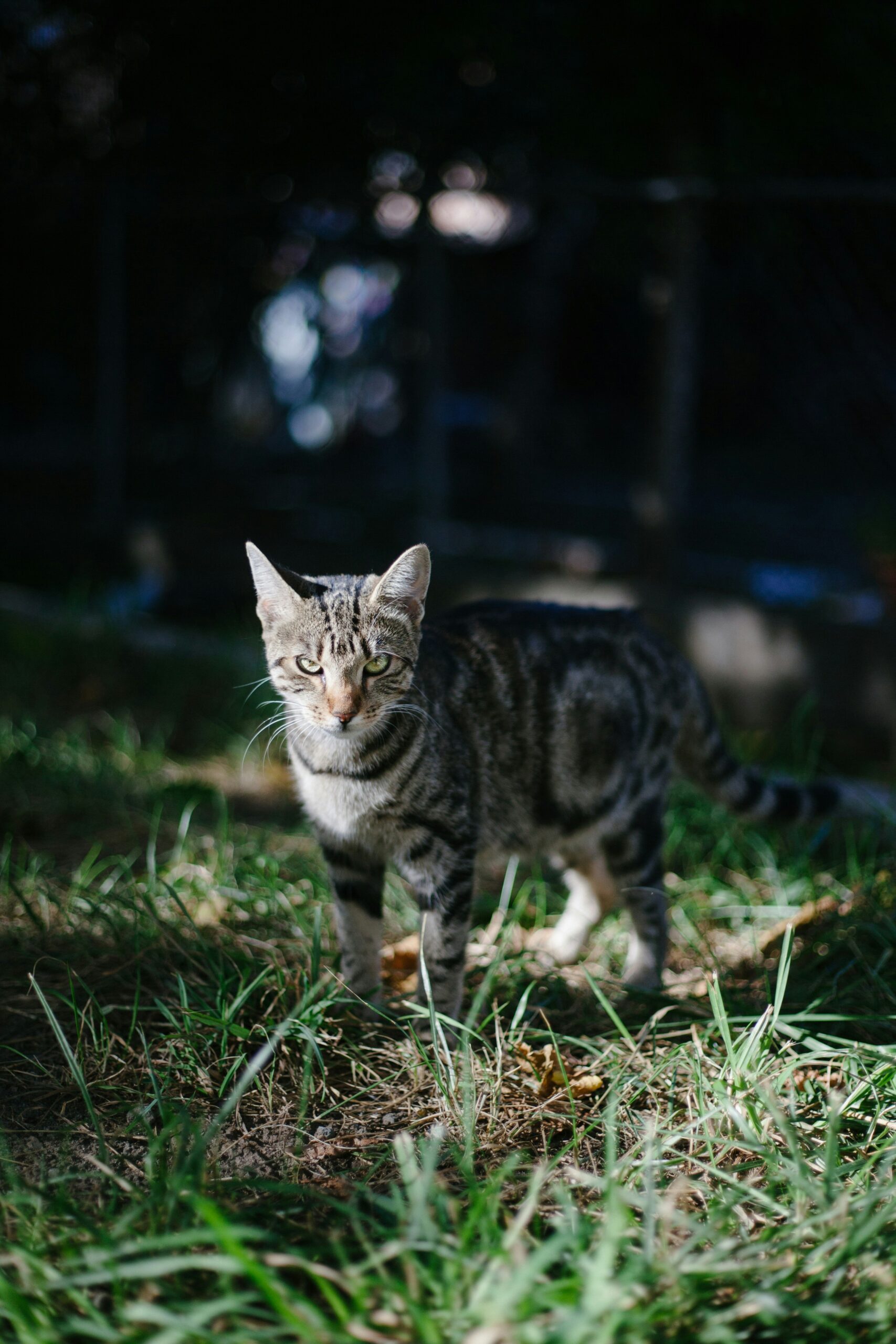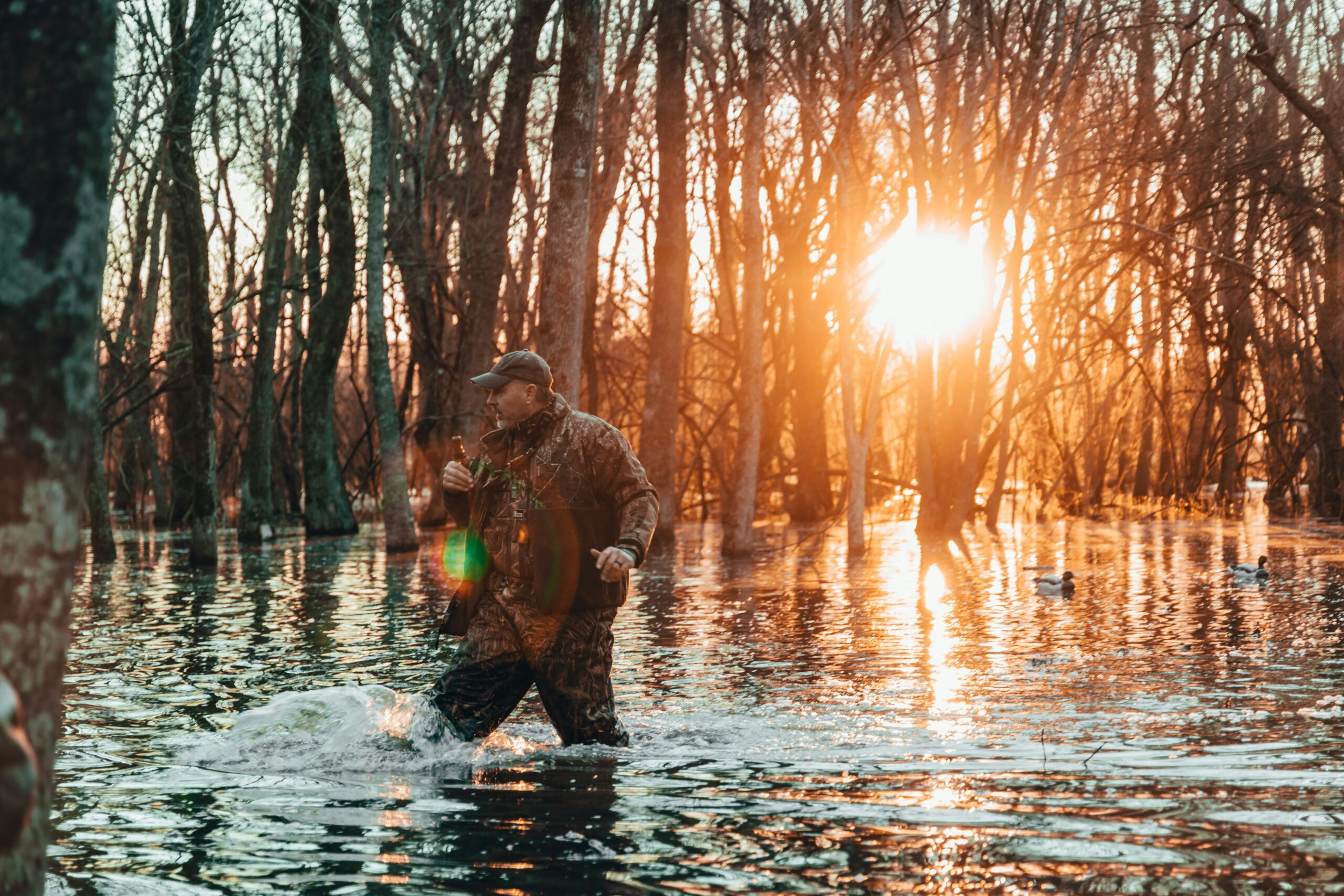Have you ever found yourself standing in a dense forest or atop an open savannah, squinting as you try to spot game? Understanding the role of optics in improving your hunting experience is crucial. This article will explore whether there are specific optics recommended for different hunting locations. You’ll learn about the various types of optics available and how their features cater to different environments.

Understanding the Basics of Optics
To begin, let’s discuss what hunting optics are. Generally, hunting optics include riflescopes, binoculars, and rangefinders. Each of these tools assists hunters in different ways, from spotting game to ensuring accurate shots.
Types of Hunting Optics
There are three primary types of hunting optics that you need to be familiar with:
- Riflescopes: Mounted on rifles to assist with aiming.
- Binoculars: Handheld tools for spotting game over long distances.
- Rangefinders: Devices that use lasers to determine the distance to a target.
Key Features of Hunting Optics
Magnification
Magnification is a critical feature of any optic. Various magnifications are suited for different hunting conditions.
Light Transmission
The ability of an optic to gather and transmit light will determine how well you can see in low-light conditions, such as dawn or dusk.
Durability
Optics used in hunting must withstand harsh environmental conditions, including rain, fog, and impacts.
Optics for Specific Hunting Locations
Different hunting environments demand different features from your optics. Let’s break down the requirements:
Forested Areas
Forested areas present unique challenges. The limited visibility and diverse terrain require optics that are tailored to these conditions.
Recommended Riflescopes
For forest hunting, a riflescope with 2-7x magnification is ideal. Lower magnification allows for quicker target acquisition in dense environments.
| Feature | Description |
|---|---|
| Magnification | 2-7x |
| Objective Lens | 32mm-40mm |
| Special Features | Low-light capabilities, fog proof |
Recommended Binoculars
Binoculars with 8x magnification and an objective lens diameter of 42mm provide a balanced view ideal for spotting game in the forest.
| Feature | Description |
|---|---|
| Magnification | 8x |
| Objective Lens | 42mm |
| Special Features | Wide field of view, weatherproof |
Recommended Rangefinders
A rangefinder with a 600-yard range and angle compensation is perfect for the varying levels of forest terrain.
| Feature | Description |
|---|---|
| Maximum Range | 600 yards |
| Special Features | Angle compensation, waterproof |
Open Fields and Farmland
Open fields and farmlands have a different set of requirements. The vast open spaces call for long-range optics.
Recommended Riflescopes
High magnification riflescopes, ideally within the 3-15x range, are suitable for these settings.
| Feature | Description |
|---|---|
| Magnification | 3-15x |
| Objective Lens | 40mm-50mm |
| Special Features | Long-range capabilities, sunshade |
Recommended Binoculars
Binoculars in the 10×42 range offer the magnification and light transmission needed for long distances.
| Feature | Description |
|---|---|
| Magnification | 10x |
| Objective Lens | 42mm |
| Special Features | Distance focus, multi-coated lenses |
Recommended Rangefinders
Rangefinders with an 800-yard range will help you accurately gauge the distance to your target in open fields.
| Feature | Description |
|---|---|
| Maximum Range | 800 yards |
| Special Features | High accuracy, fog proof |
Mountainous Terrain
Hunting in mountainous terrain requires optics that can handle elevation changes and increased distances.
Recommended Riflescopes
Variable magnification riflescopes with ranges from 4-12x are ideal for tracking game at varying distances and elevations.
| Feature | Description |
|---|---|
| Magnification | 4-12x |
| Objective Lens | 50mm |
| Special Features | Elevation compensation, durable design |
Recommended Binoculars
For mountainous terrains, you should consider 10×50 binoculars for their higher light-gathering capabilities and better depth perception.
| Feature | Description |
|---|---|
| Magnification | 10x |
| Objective Lens | 50mm |
| Special Features | Multi-purpose use, shock absorbing |
Recommended Rangefinders
Opt for rangefinders that offer up to a 1000-yard range with angle compensation for high-altitude hunting.
| Feature | Description |
|---|---|
| Maximum Range | 1000 yards |
| Special Features | Angle compensation, high impact resistance |
Specialty Optics for Unique Environments
Beyond the commonly hunted areas, there are some unique environments that require specialized optics.
Swamp and Wetlands
Swamp hunting not only demands robust and waterproof equipment but also special magnification options due to the dense vegetation.
Recommended Riflescopes
Riflescopes with 1-6x magnification are useful here, providing both wide views and the ability to zoom in on targets.
| Feature | Description |
|---|---|
| Magnification | 1-6x |
| Objective Lens | 24mm-32mm |
| Special Features | Waterproof, anti-reflective lens |
Recommended Binoculars
For swamp areas, 7×35 binoculars offer the right balance between magnification and portability.
| Feature | Description |
|---|---|
| Magnification | 7x |
| Objective Lens | 35mm |
| Special Features | Water-resistant, compact design |
Recommended Rangefinders
Water-resistant rangefinders with an effective range of up to 500 yards are recommended.
| Feature | Description |
|---|---|
| Maximum Range | 500 yards |
| Special Features | Waterproof, anti-fog lens |
Desert Hunting
Desert terrains often present extreme lighting conditions and long distances, requiring specific gear.
Recommended Riflescopes
For desert hunting, a 5-25x riflescope is ideal, providing excellent long-range capabilities.
| Feature | Description |
|---|---|
| Magnification | 5-25x |
| Objective Lens | 50mm |
| Special Features | Anti-sand coating, high heat resistance |
Recommended Binoculars
Consider 12×50 binoculars for this environment to spot game from afar.
| Feature | Description |
|---|---|
| Magnification | 12x |
| Objective Lens | 50mm |
| Special Features | Dust proof, HD clarity |
Recommended Rangefinders
Rangefinders with at least 1200-yard range will be more effective in the open expanses of the desert.
| Feature | Description |
|---|---|
| Maximum Range | 1200 yards |
| Special Features | High range, anti-glare lenses |
Tips for Choosing the Right Optics
While it’s clear that different environments require different optics, there are some general tips that can help you make the best choice.
Quality Over Price
While it might be tempting to go for a cheaper option, investing in high-quality optics can make a huge difference in your hunting experience. Quality optics provide clearer images, better light transmission, and greater durability.
Compatibility with Existing Gear
Make sure your optics are compatible with your existing hunting gear. For example, a riflescope must fit your rifle’s mounting system, and the weight and size of binoculars should match your carrying capacity.
Testing Before Purchase
If possible, test the optics in conditions similar to where you will be hunting. This will give you a better idea of how they will perform in real-world scenarios.
Brand Reputation
Opt for optics from well-known brands with positive reviews. Companies like Leupold, Vortex, and Nikon have built solid reputations for producing reliable and high-quality optics.
Warranty and Support
Look for products that come with a good warranty and customer support. This can save you a lot of hassle should anything go wrong with your optics.

Conclusion
Understanding the specific requirements of various hunting environments and matching them with the right optics can significantly improve your hunting experience. Whether you are navigating through dense forests or scanning the vast openness of a desert, the right optics make all the difference. By taking into account factors like magnification, light transmission, and durability, you can select the gear that best suits your needs and increases your chances of a successful hunt. So the next time you gear up for a hunting trip, remember that the right optic can be your best companion, guiding your eyes and lining up the perfect shot.
